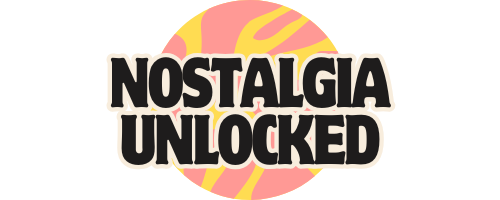17 Dangerous Old-School Products People Used Without Knowing The Risks
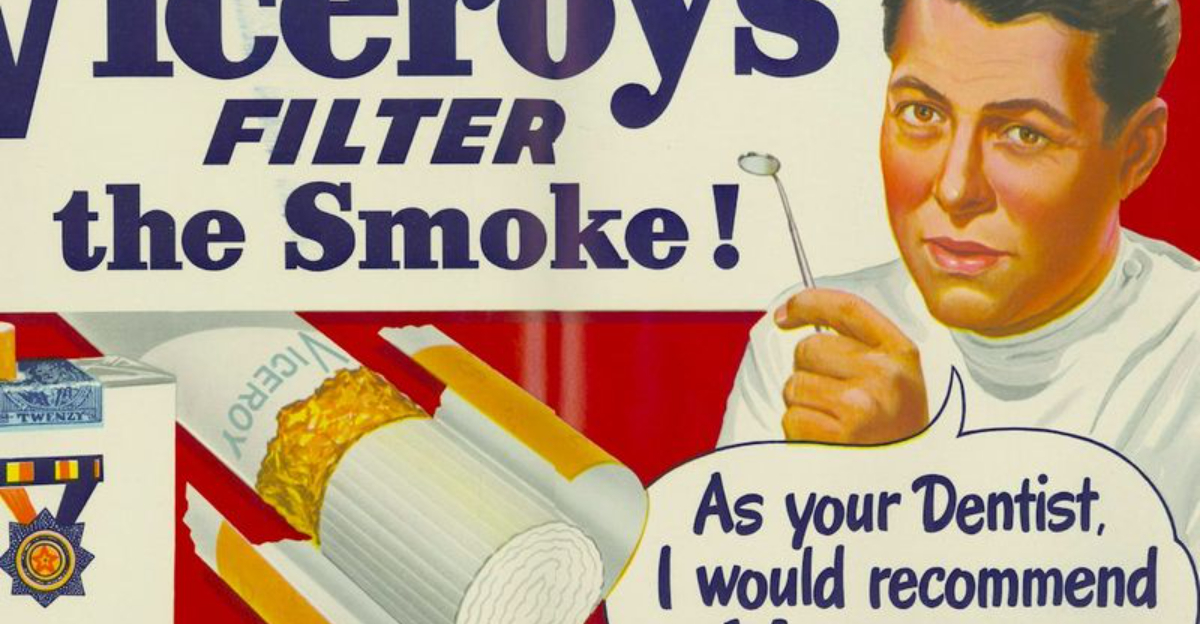
History is full of surprising twists, and some of the biggest shockers come from the everyday items people once trusted without question. From the comforting shelves of kitchens to the glamorous tables of vanity mirrors, countless products seemed like miracles of modern convenience—until their darker side emerged.
What looked like innovation often turned out to be a hidden health hazard. Imagine slathering on face cream that literally glows—because it contains radioactive ingredients. Or using baby powder made with asbestos. Sounds absurd now, but back then, these products were all the rage, hailed as safe, stylish, or even medicinal.
The truth? Many caused long-term harm, sometimes with tragic consequences. Surprisingly, even children weren’t spared. Toys coated in lead-based paint, “healthy” tonics laced with cocaine, and teething powders with mercury were disturbingly common.
Manufacturers either didn’t know the dangers or, worse, chose profit over public safety. It’s a chilling reminder that not everything labeled “safe” really is.
As we take a deep dive into 17 of the most dangerously deceptive products in history, prepare to be amazed—and maybe a little horrified—at how close we came to disaster in the name of progress. Buckle up; it’s going to be a bumpy ride through time.
1. Asbestos Insulation
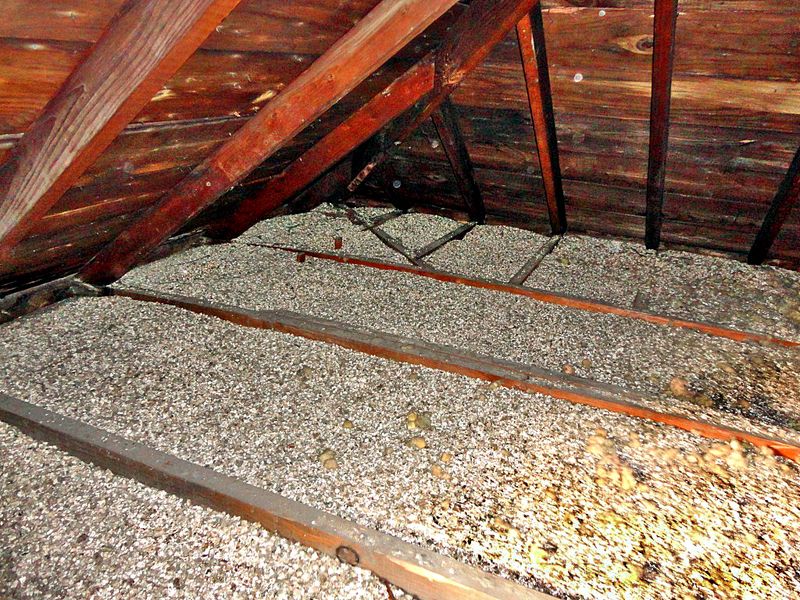
As a kid, I thought the attic was a magical place, a dusty realm that whispered secrets of the past. Little did I know, it was hiding a deadly threat – asbestos insulation. This miracle material was prized for its fireproofing abilities, but it came with a hefty price: deadly lung diseases like mesothelioma.
Imagine living in a cocoon of tiny, harmful fibers floating around you, waiting to be inhaled. For years, people unknowingly exposed themselves to this hazard, thinking it was just part of the house’s charm.
Today, we know better, and asbestos is heavily regulated. However, many older buildings still harbor this silent threat, making it essential to handle renovations with care. Don’t let a home improvement project become a health hazard!
2. Lead-Based Paint

Lead-based paint: the Picasso of poisoning! Vibrant colors once adored in homes, these paints were a silent menace. It was like having a beautiful bouquet of flowers that slowly wilted you away.
Used widely before the 1970s, they were especially hazardous to children, causing developmental delays and learning difficulties.
Homes built before the ban in 1978 might still have these toxic coats lurking beneath layers of newer paint. It’s a reminder that not all that glitters is gold, or in this case, safe. A beautiful home should never come at the cost of one’s health.
3. Radium Watches

Tick-tock, tick-tock, goes the glow-in-the-dark clock. Radium watches were once the ultimate fashion statement, their dials glowing like miniature stars.
But beneath the luminescent beauty lay a deadly secret: radiation poisoning. The workers who painted these dials often licked their brushes, ingesting radium, leading to severe health issues.
These watches are a haunting reminder of the past’s ignorance of radiation’s dangers. Today, we know better, and luminescent dials are safely powered by technology, not toxic elements.
4. Mercury Thermometers
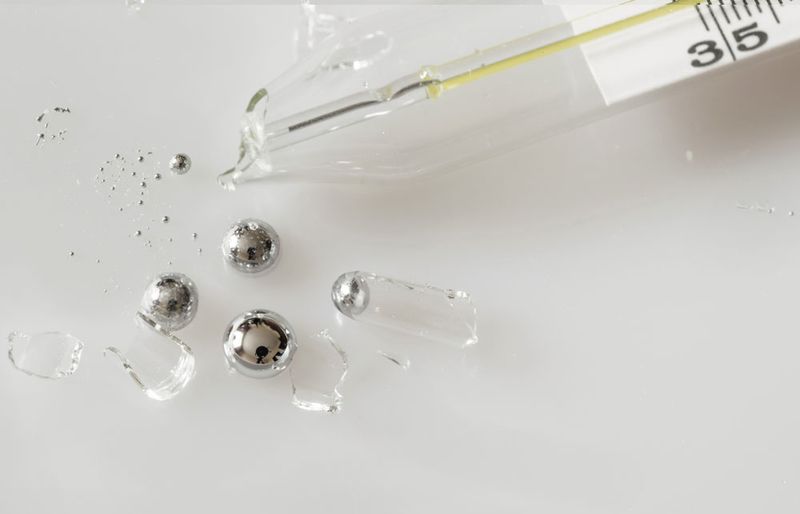
Remember the days when a thermometer was a child’s worst nightmare? Not because of the fever, but because of the mercury inside. These glass tubes seemed harmless until they broke, releasing toxic mercury vapor.
Mercury exposure can seriously harm the brain and kidneys, making these thermometers more of a health risk than a helpful tool.
Today, safer alternatives have taken their place, but the memory of those silvery beads escaping across the floor is a chilling reminder of how everyday items can be dangerous.
5. Arsenic in Wallpaper

In the Victorian era, beauty came with a price, and that price was arsenic. The vibrant wallpapers of the time were laced with this toxic element, turning homes into silent death traps.
As the wallpaper aged, it released arsenic gases, slowly poisoning the inhabitants. It was like living inside a beautifully wrapped package of peril.
Today’s wallpapers are thankfully arsenic-free, but the story serves as a cautionary tale about prioritizing beauty over safety.
6. Cocaine-Infused Toothache Drops
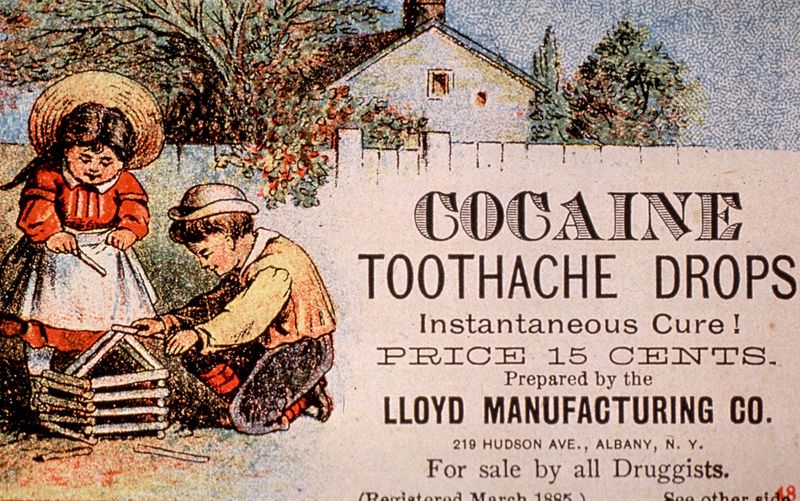
Toothaches were once soothed by a surprising remedy: cocaine-infused drops. Marketed even to children, these drops promised relief but delivered addiction and danger.
It was a wild time when cocaine was deemed a miracle cure, turning a simple toothache into a gateway to substance abuse.
Today, we shake our heads at the absurdity, but it serves as a reminder to question what we consider ‘safe’ medicine.
7. Lawn Darts (Jarts)
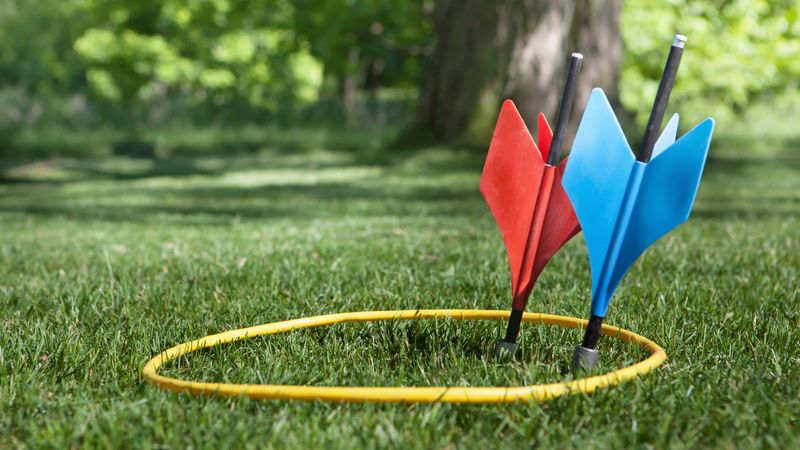
The classic backyard game of lawn darts brought a new meaning to ‘high stakes.’ These metal-tipped missiles seemed innocuous, but they were responsible for severe injuries and even deaths.
A fun family activity turned into a nightmare, proving that some games are best left in the past.
Today, lawn darts are banned in many countries, replaced by safer alternatives that ensure outdoor fun without the risk of impalement.
8. D.D.T. Pesticides
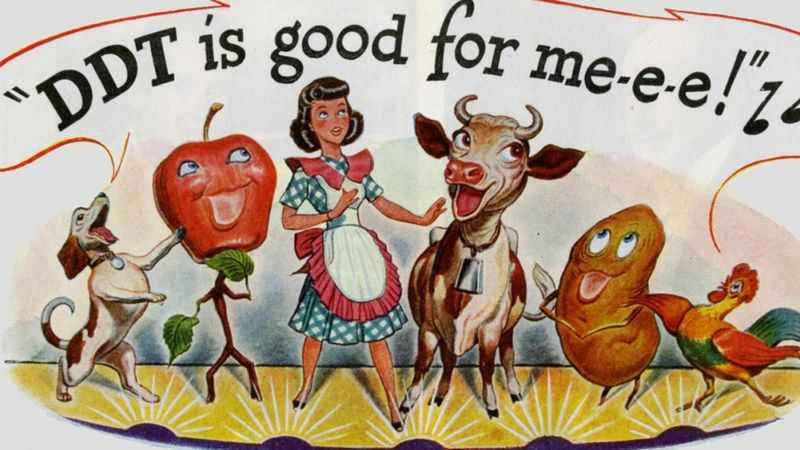
D.D.T. was hailed as a miracle insecticide, promising to rid the world of pests. But as the saying goes, too much of a good thing can be bad. It proved incredibly toxic to wildlife and harmful to humans.
The chemical world celebrated D.D.T. without realizing the environmental and health havoc it wreaked.
Eventually banned in many places, it remains a symbol of the unintended consequences of chemical use.
9. Lead Gasoline (Tetraethyllead)
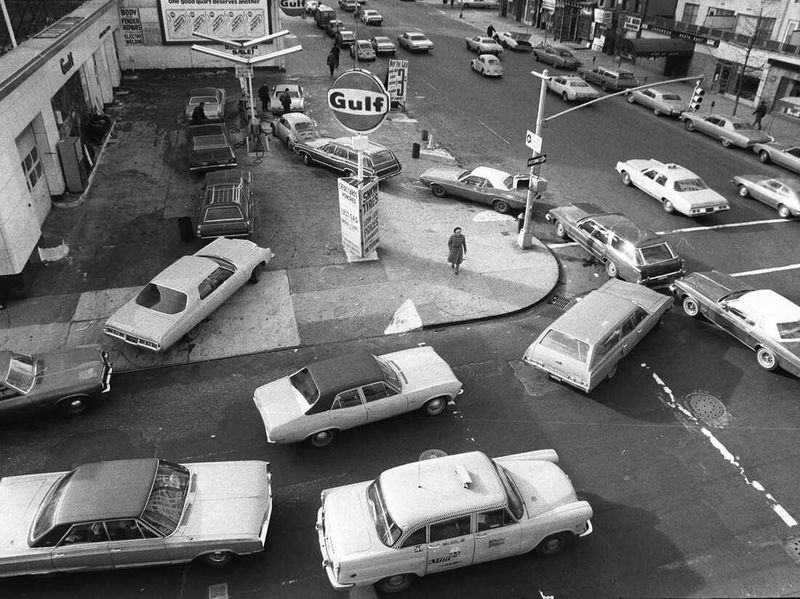
Driving down memory lane with lead gasoline meant more than nostalgia; it meant inhaling a health hazard. Tetraethyllead in fuel contaminated air, soil, and bloodstreams worldwide.
The roaring engines of classic cars masked the silent danger lurking in their exhaust.
Today, unleaded fuels have taken over, but the environmental scars of lead gasoline remain. It’s a lesson in choosing cleaner alternatives.
10. Radioactive Health Drinks (Radithor)
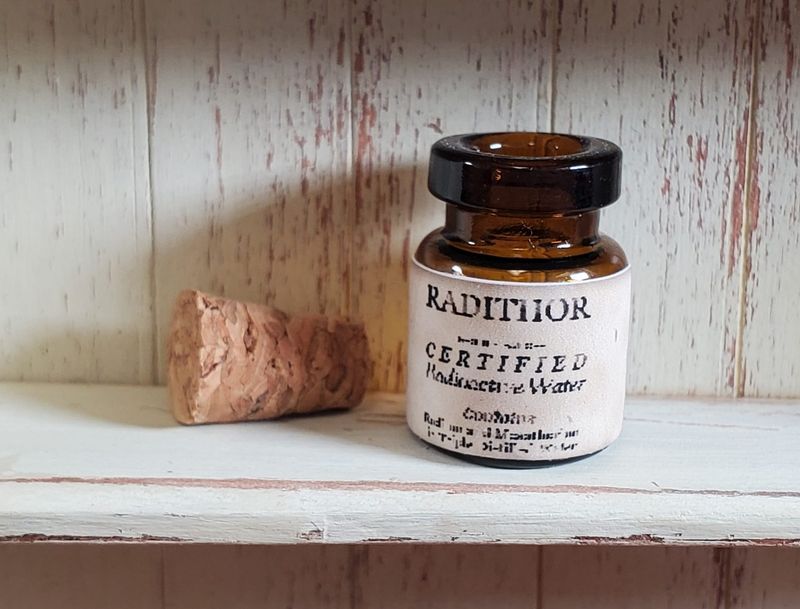
Who wouldn’t want a health tonic that glows in the dark? Radithor promised vitality but delivered fatal radiation poisoning instead.
This ‘miracle’ drink was the health fad of its day, with consumers blissfully unaware of its deadly side effects.
Today, we know better than to drink something just because it sparkles. Radithor remains a cautionary tale of too-good-to-be-true health promises.
11. Formaldehyde in Cosmetics
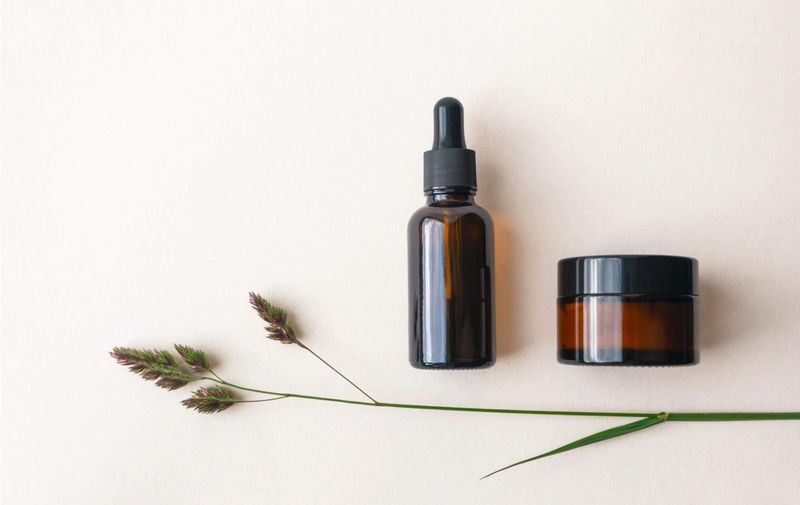
Beauty may be skin deep, but the formaldehyde in cosmetics was more than a cosmetic issue. Used as a preservative, it turned out to be a potent carcinogen.
Those elegant jars and bottles contained a hidden danger, posing health risks to those seeking beauty.
Today, cosmetics are more regulated, but the story of formaldehyde remains a reminder to look beyond the label’s promises.
12. Phenol (Carbolic Acid) Soaps
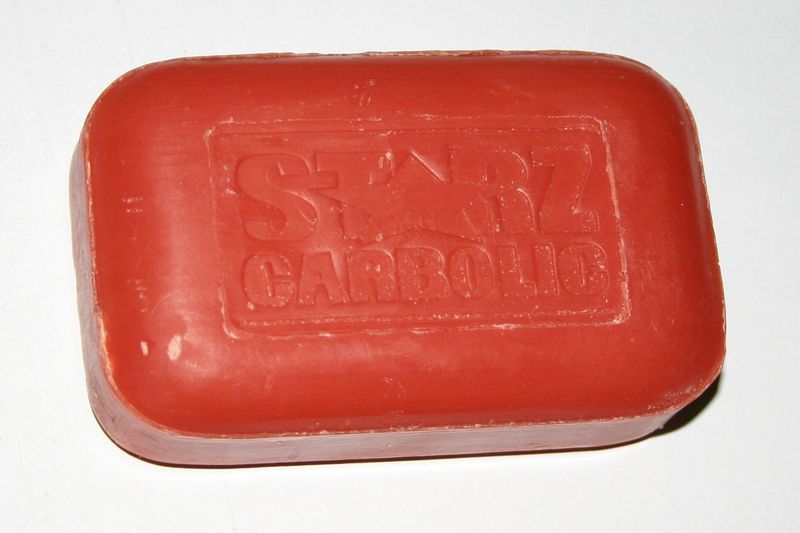
Scrubbing with phenol soap was supposed to keep you clean, but it also corroded skin and tissues. This popular hygiene product was more of a hazard than a help.
Carbolic acid’s corrosive nature meant that cleanliness came at a painful price.
Today, gentler soaps have replaced these caustic bars, but they serve as a reminder of how the quest for hygiene can sometimes go too far.
13. Electric Belts for “Vigor”

Electric belts promised to shock you into health and vigor, delivering mild electric shocks for supposed health benefits. Instead, they caused burns and nerve damage.
The idea that electricity could invigorate the body was a dangerous misconception.
Today, these belts are a relic of misguided health trends, a reminder to question the science behind health claims.
14. Belladonna Eye Drops
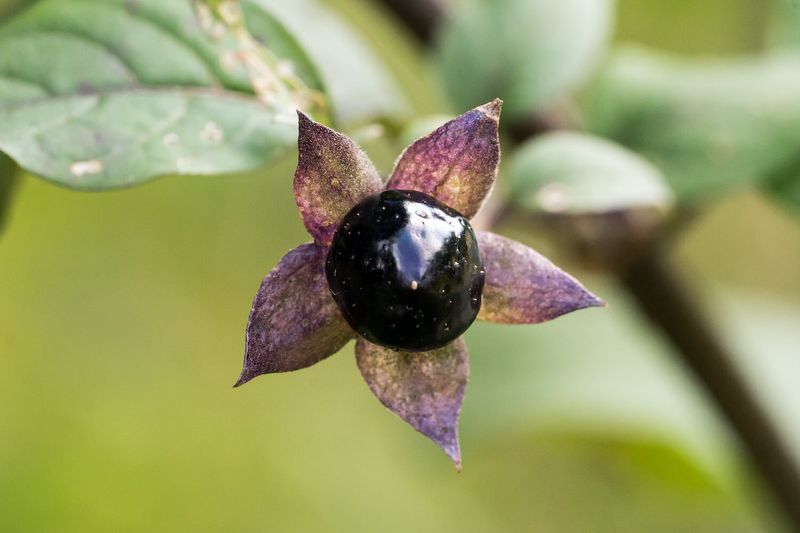
Belladonna eye drops made eyes wide, bright, and dangerously beautiful. Used to dilate pupils, they also posed serious health risks.
The allure of beauty led many to risk using this toxic substance, unaware of its potential harm.
Today, belladonna’s use is heavily restricted, serving as a cautionary tale of beauty over safety.
15. Early X-ray Machines in Shoe Stores
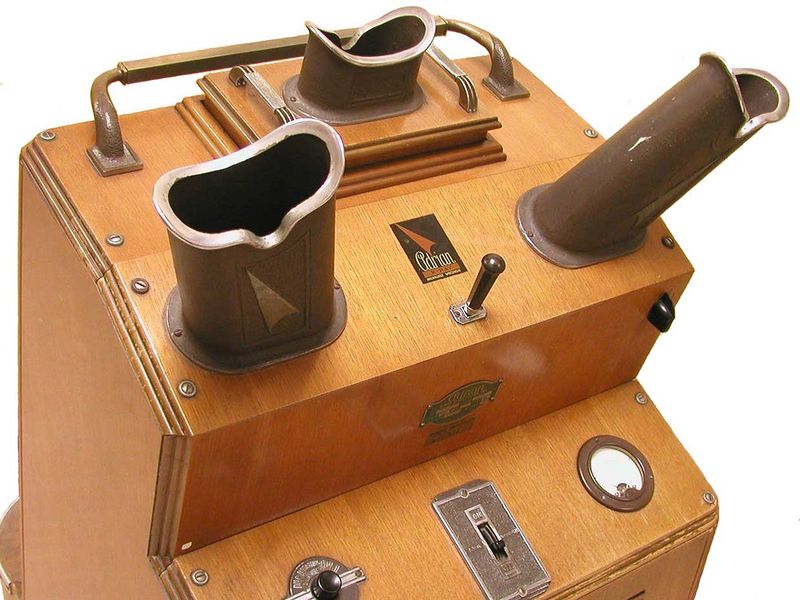
Getting the perfect shoe fit once involved sticking your feet in an X-ray machine right at the store. These early machines exposed customers, including kids, to harmful radiation.
The convenience of an X-ray fit proved a dangerous trade-off for health.
Today, shoe stores use far safer methods, but the memory of these machines is a reminder of technological naivety.
16. Uranium Glassware
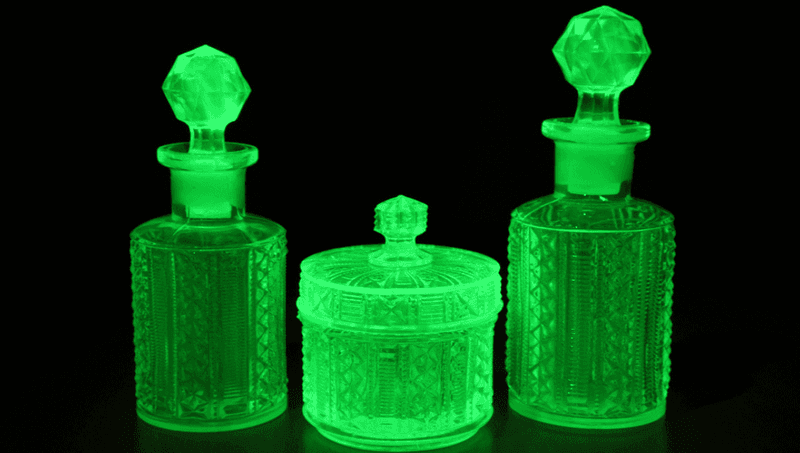
Uranium glassware was the party trick of its day, glowing eerily under UV light. But these beautiful dishes and jewelry emitted radiation, posing health risks.
Decorative yet dangerous, they were a testament to the days when radioactivity was seen as a novelty rather than a threat.
Today’s glassware is thankfully uranium-free, but these items remain collector’s curiosities with a radioactive past.
17. Smoking Tobacco for Health
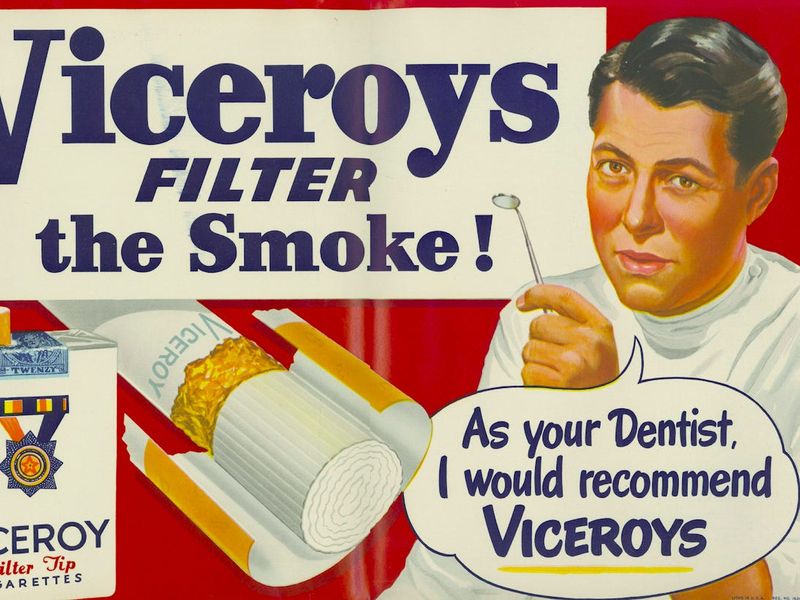
Smoking tobacco was once sold as the key to relaxation, digestion, and even asthma relief. But the health claims were all smoke and mirrors, leading to cancer and heart disease instead.
The ads featuring doctors endorsing smoking are now almost comically absurd.
Today, we know the devastating health impacts, yet this history reminds us of the power of marketing over truth.
